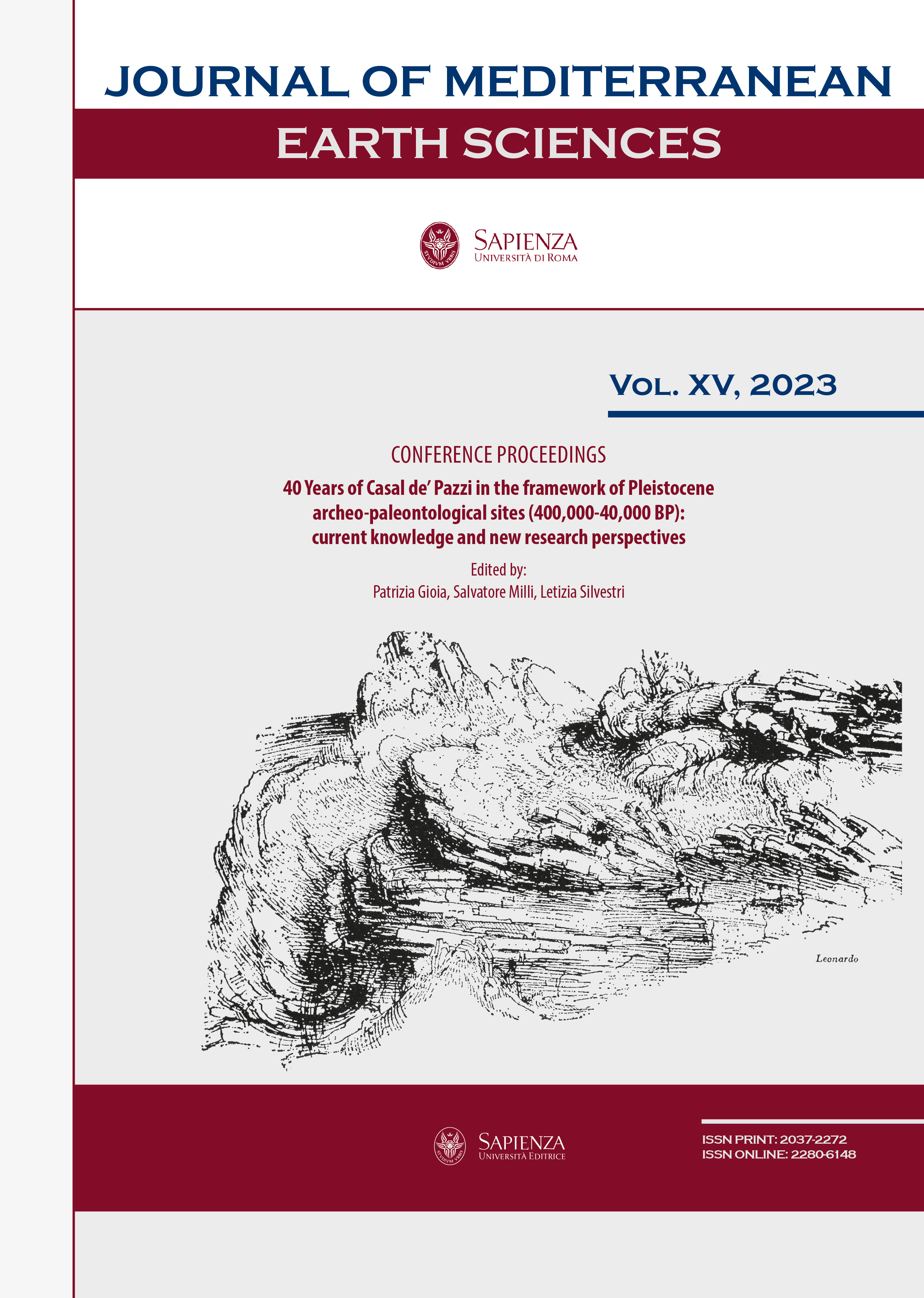Once upon a time… Homo. From the book to the workshop: how to tell prehistory to children
DOI:
https://doi.org/10.13133/2280-6148/18155Abstract
The ability of humans to combine sounds, gestures, and signs sets us apart from other animals. Cognitive science and neuroscience, through neuroimaging, are studying the relationship between language structure and the brain. They aim to identify the neuronal connections activated during the process of reading. Reading, unlike innate abilities, must be learned since our primate brain did not evolve specifically for reading and writing. Creating children’s books requires consideration of various factors related to cognitive development and the neurobiological processes involved in reading. When crafting a text for a general audience, it is important to simplify complex concepts without trivializing them, while still capturing the essence of the subject matter.
In this paper, I will discuss how I created a children’s book and how it served as the catalyst for an educational project. This project was implemented in schools, bookshops, libraries, and particularly museums, providing an exciting and rewarding challenge. Like any good story, it begins with “Once upon a time...”
Downloads
Published
How to Cite
License
The submission has not been previously published, nor is it before another journal for consideration (or an explanation has been provided in Comments to the Editor).


